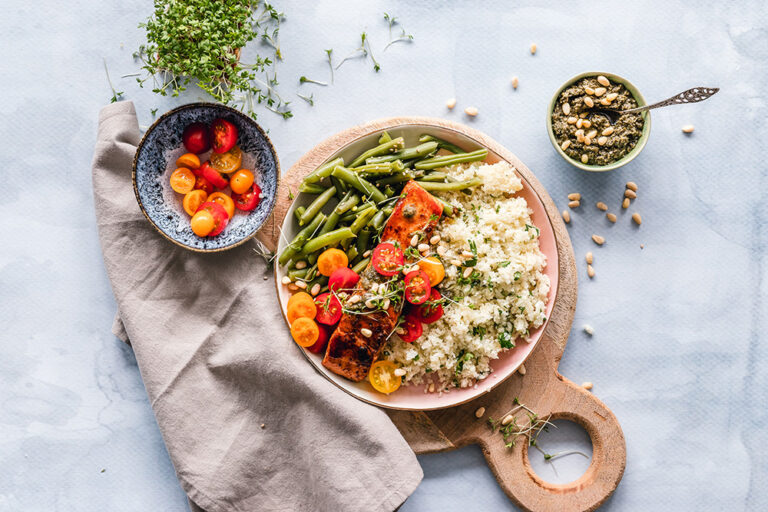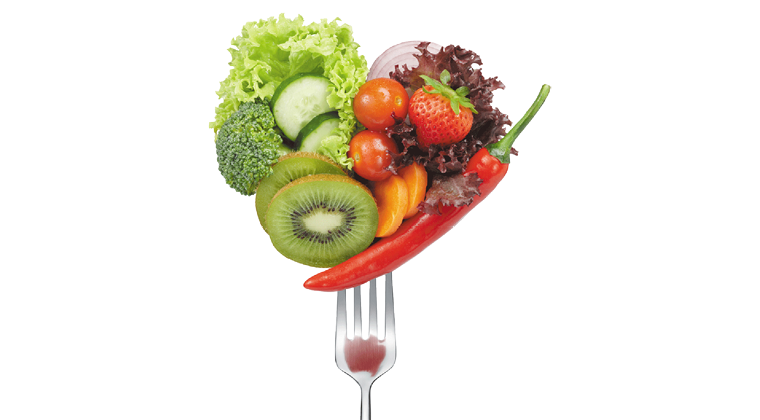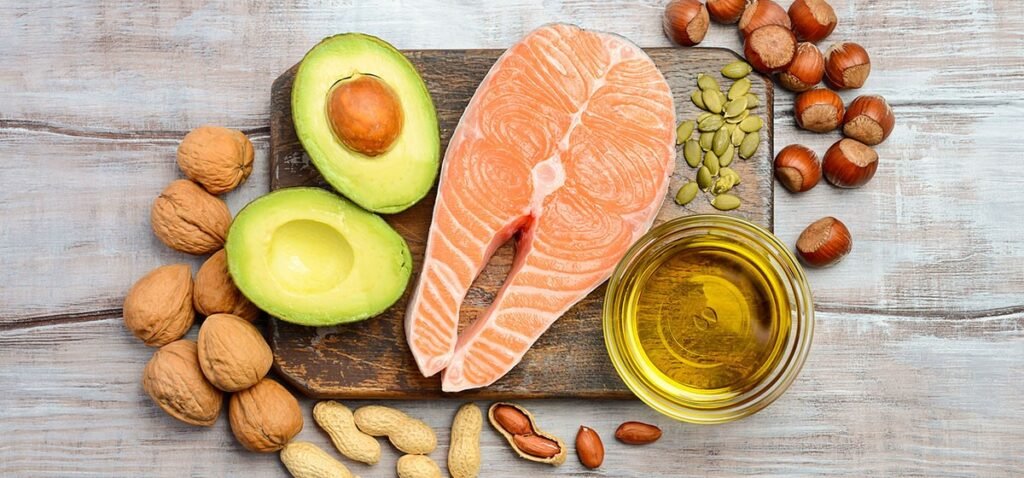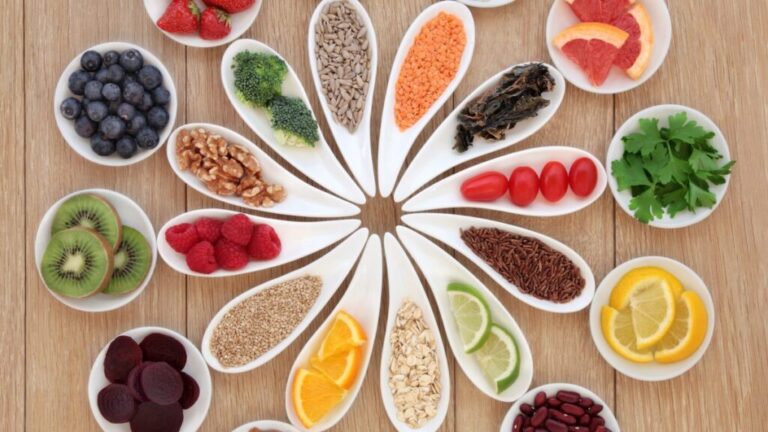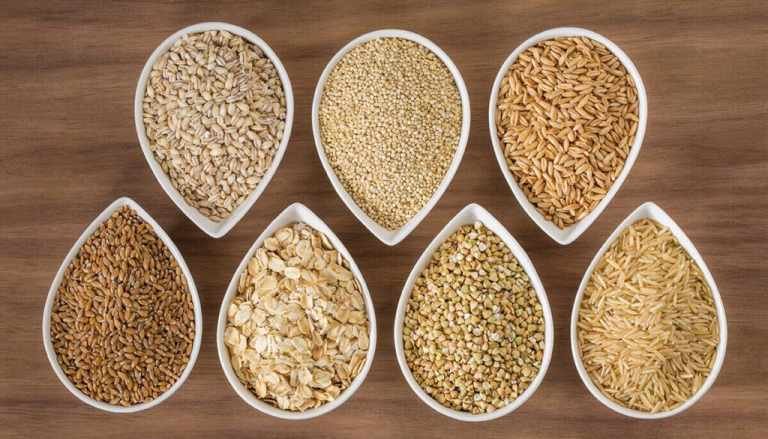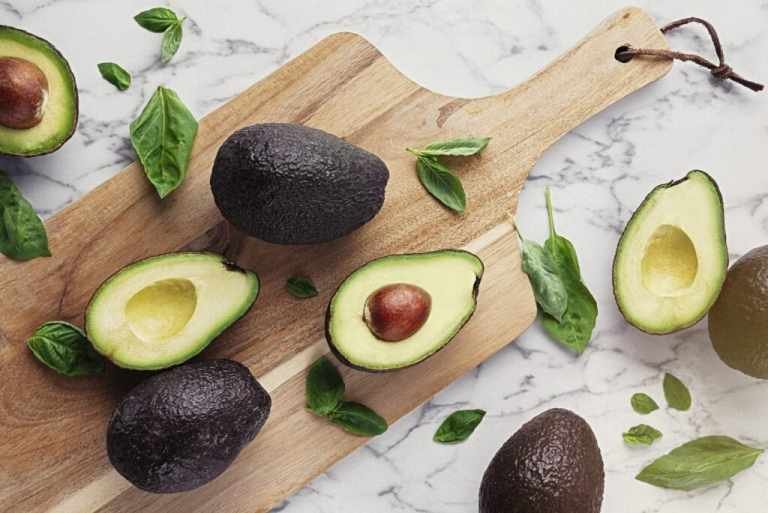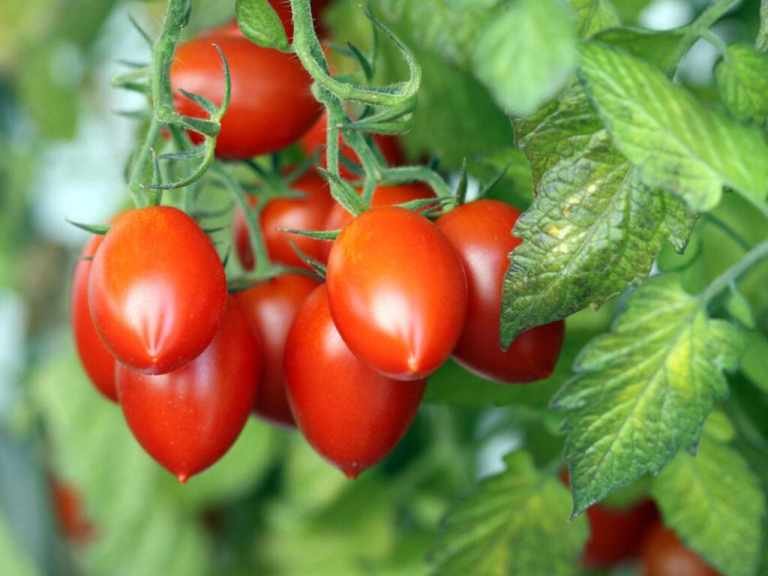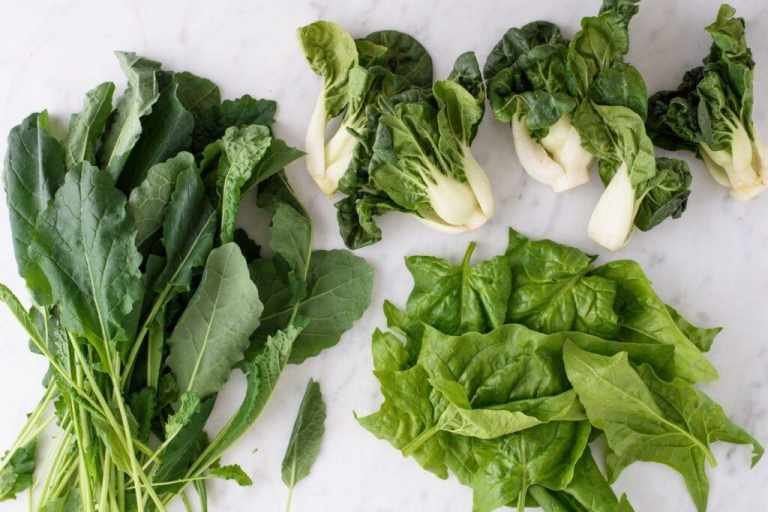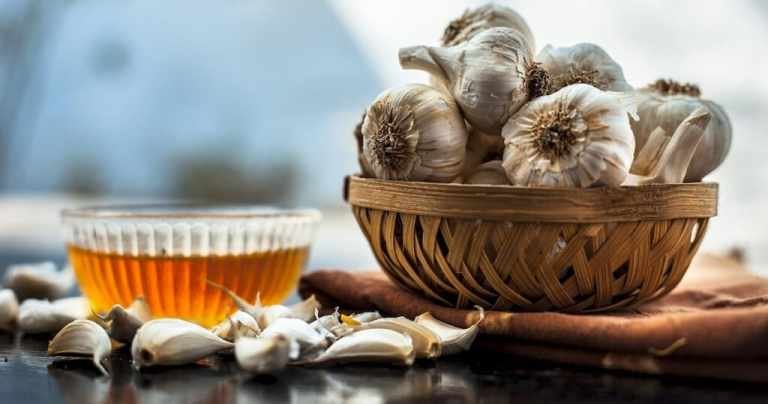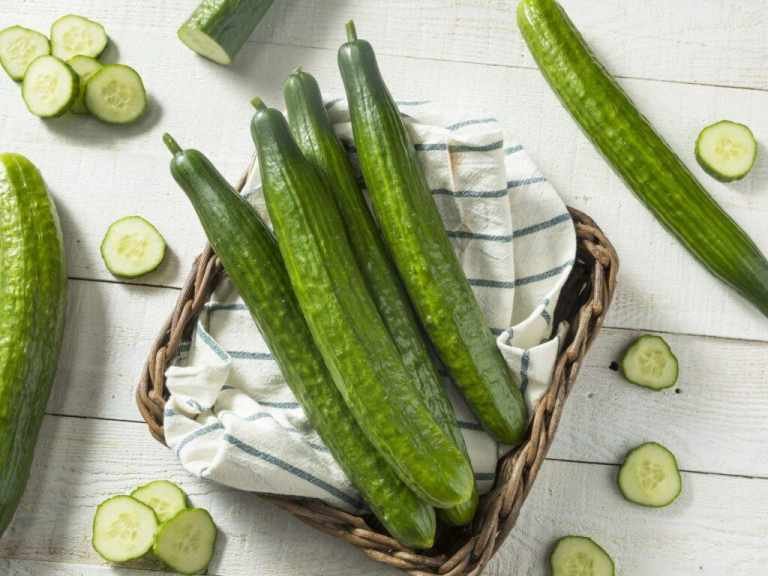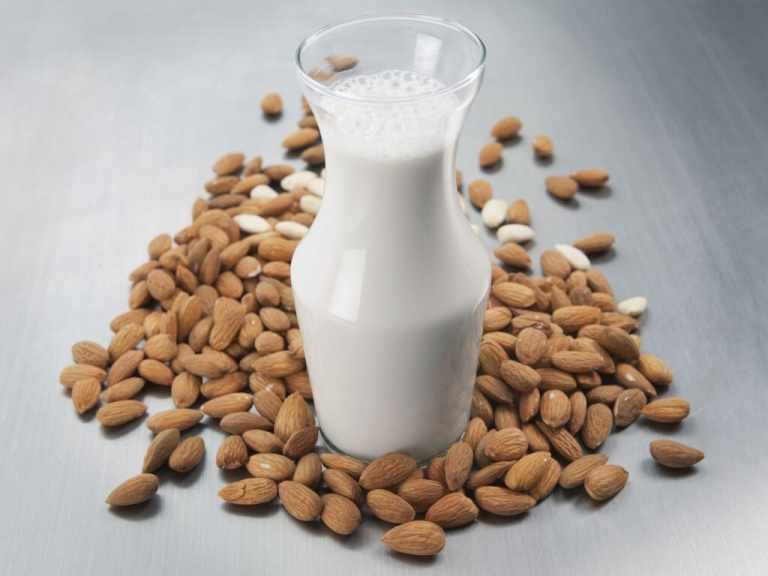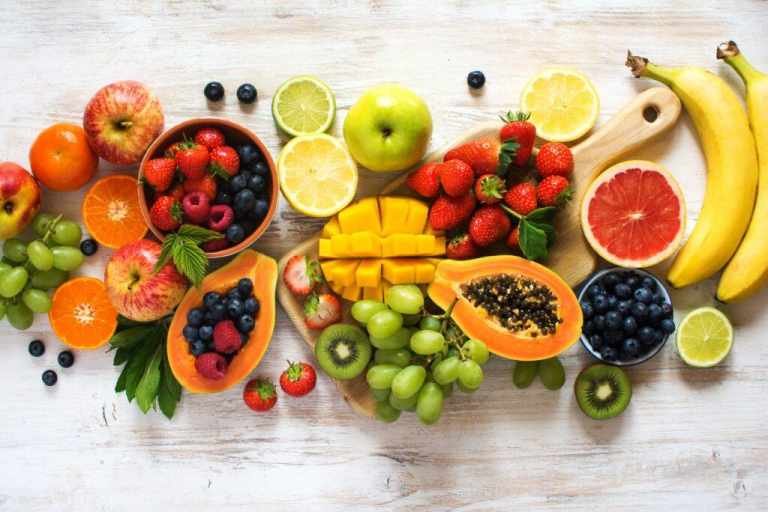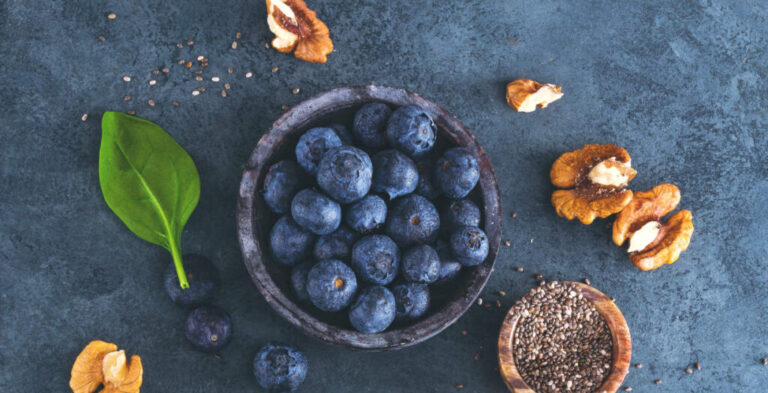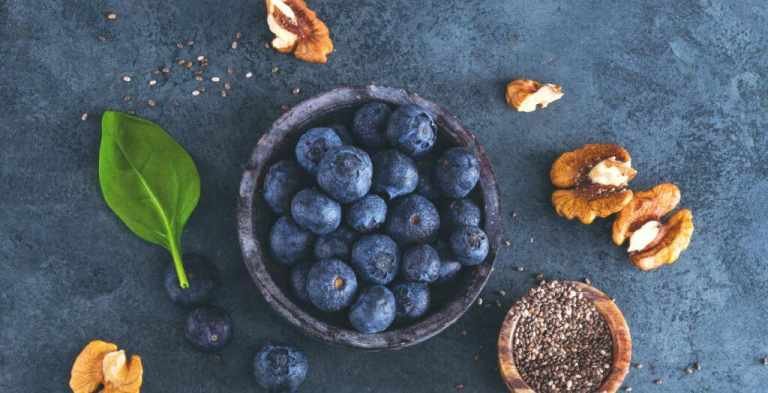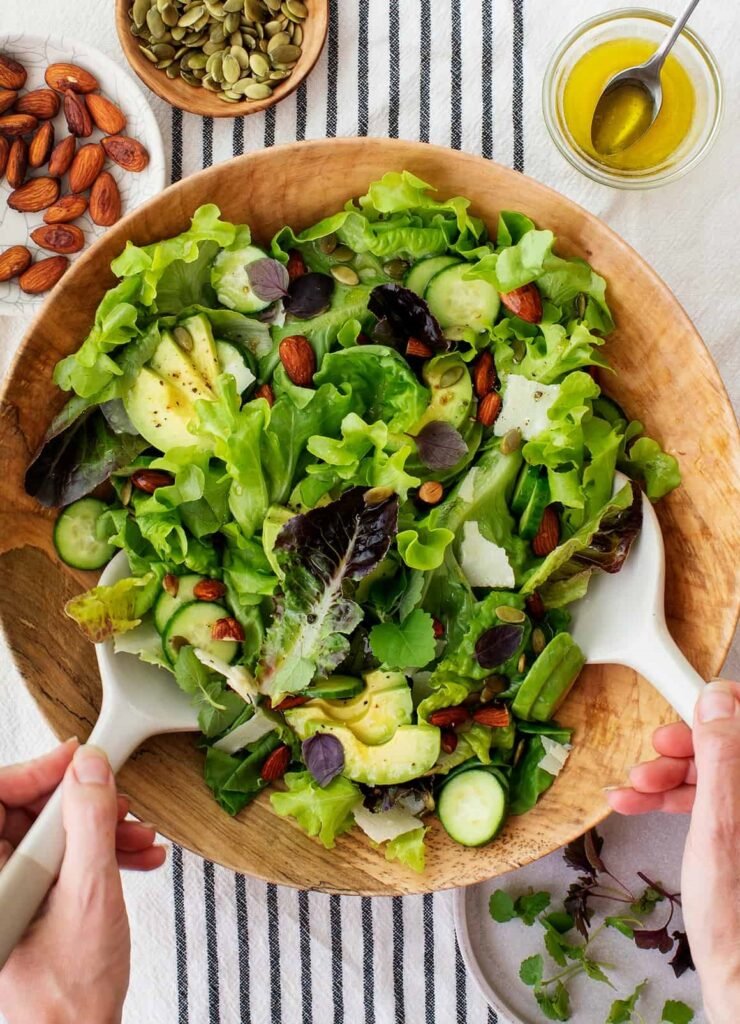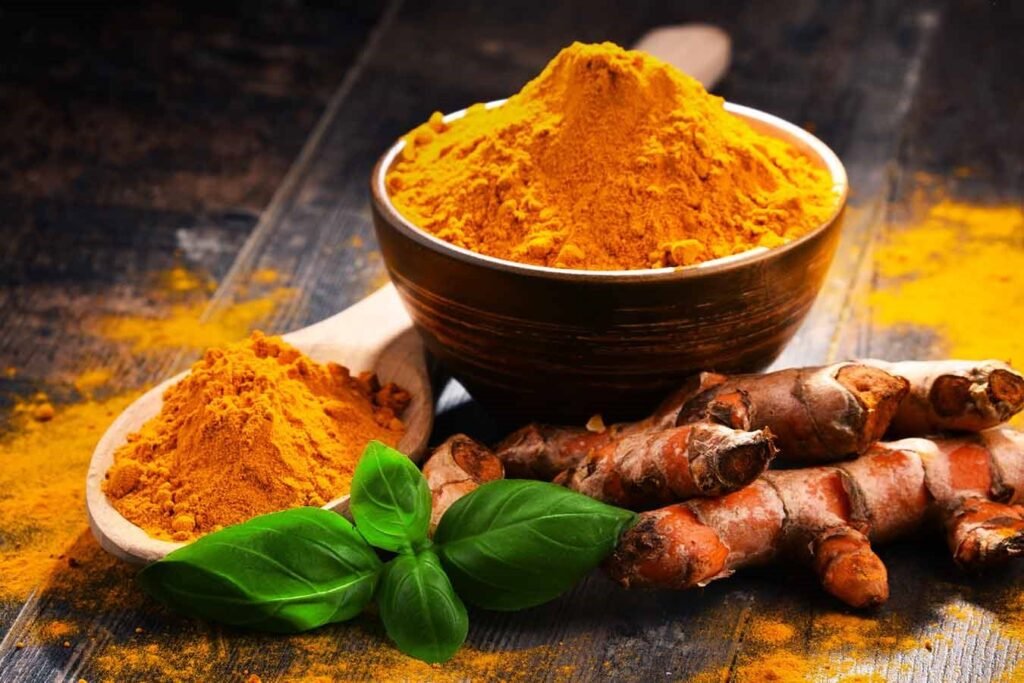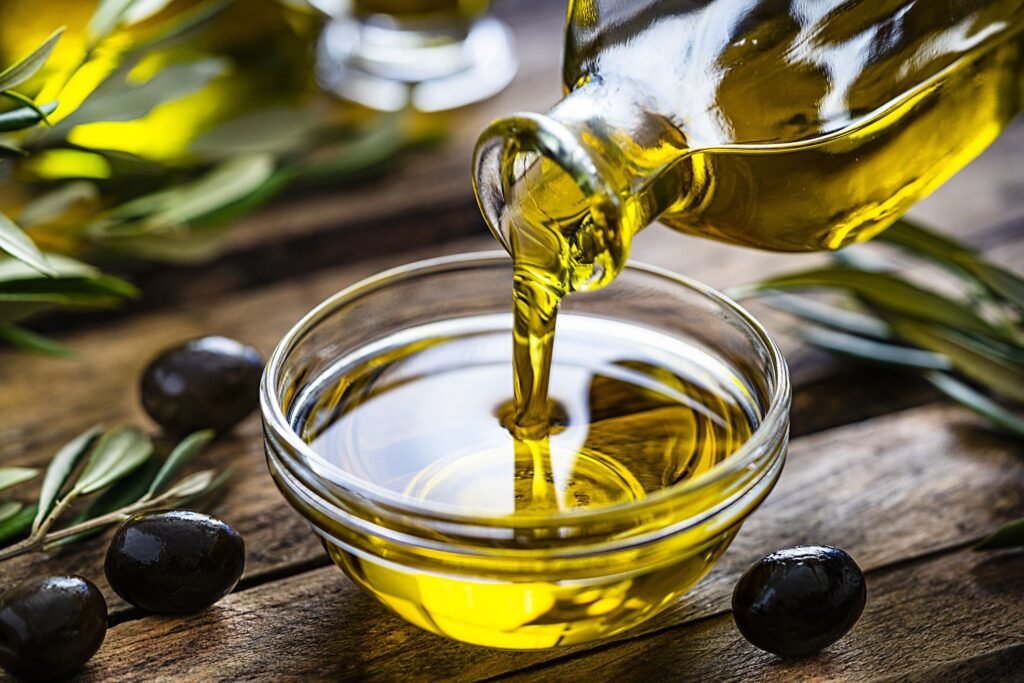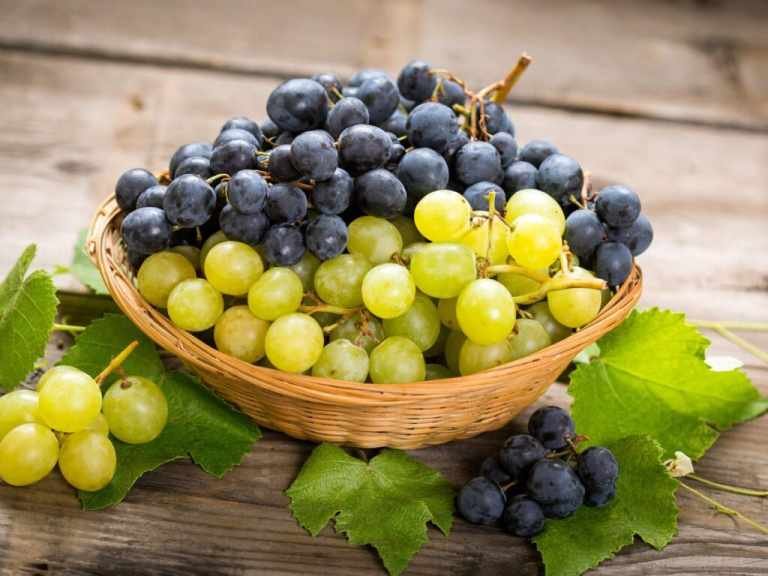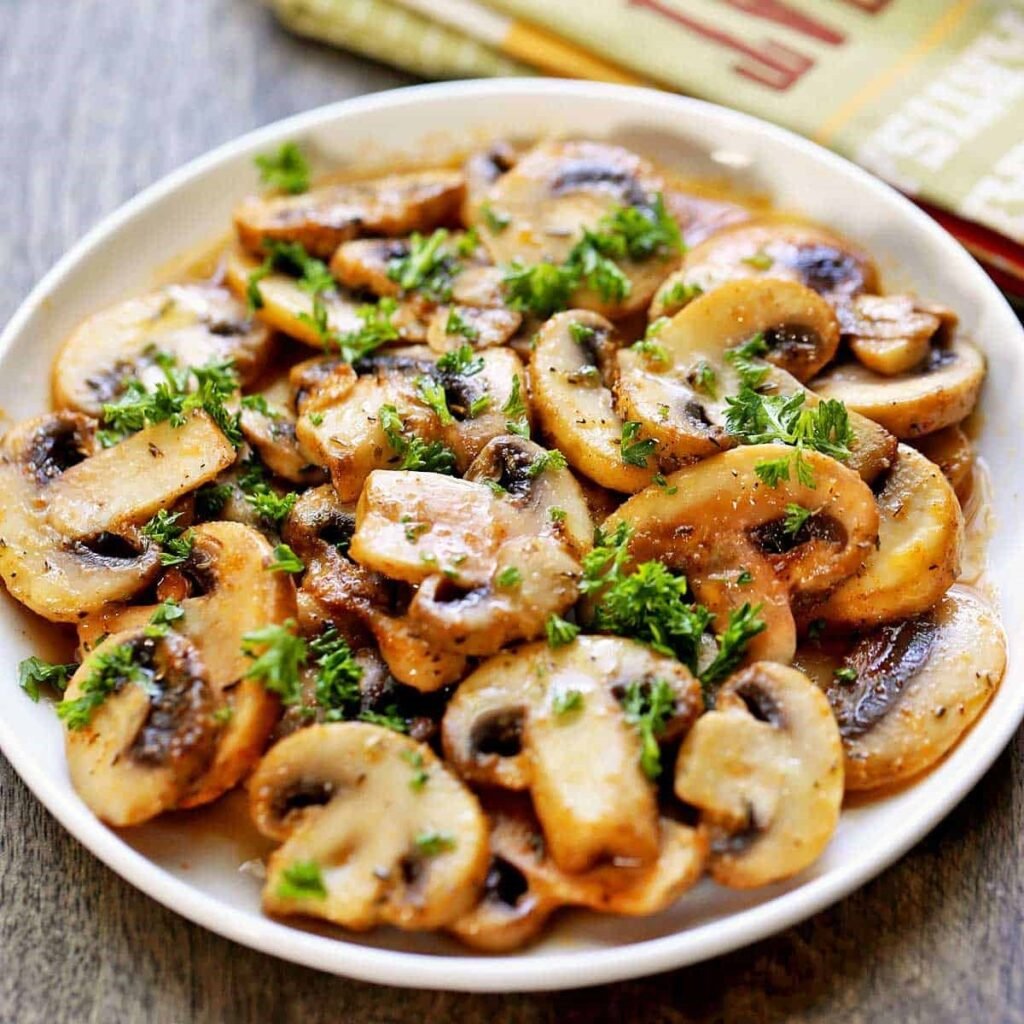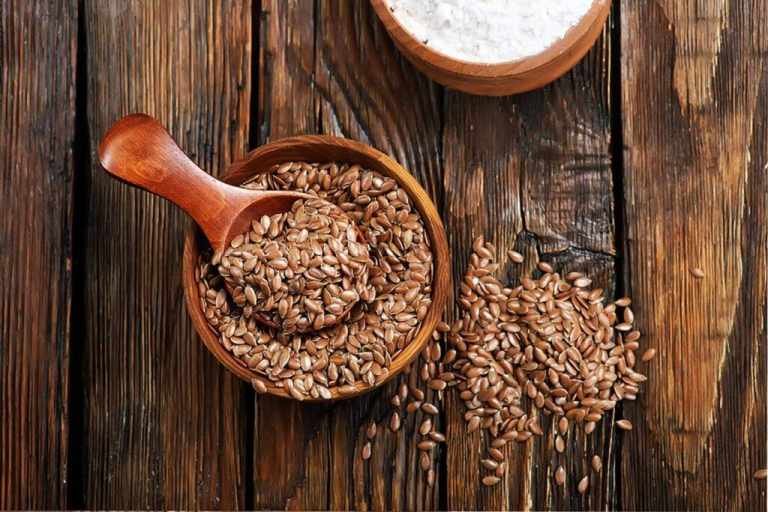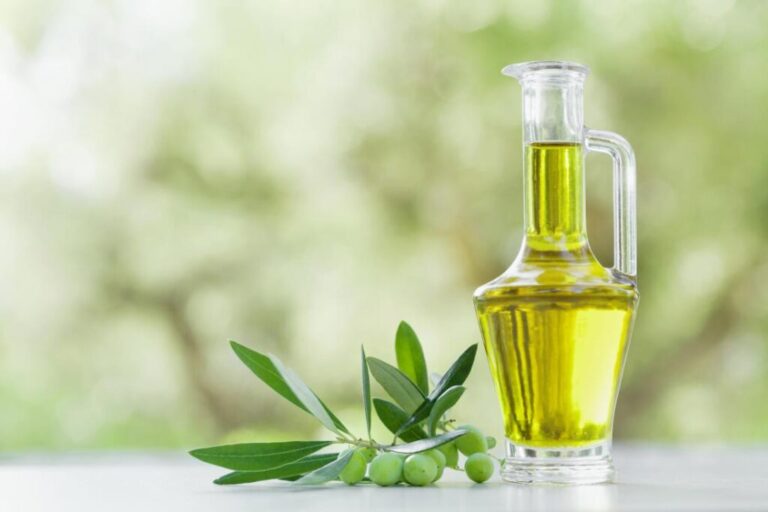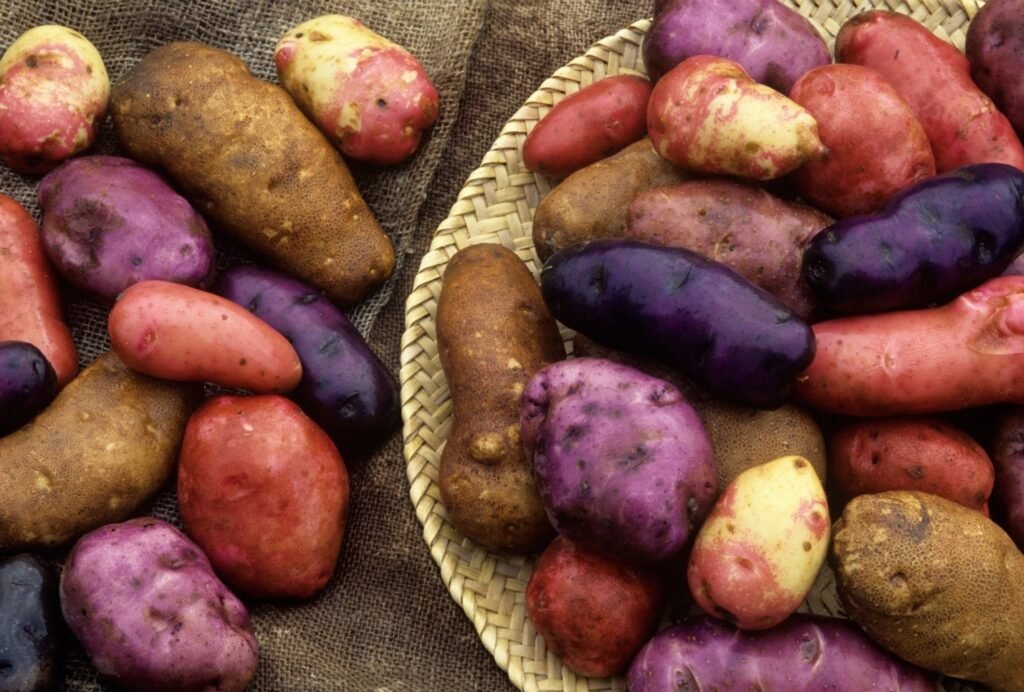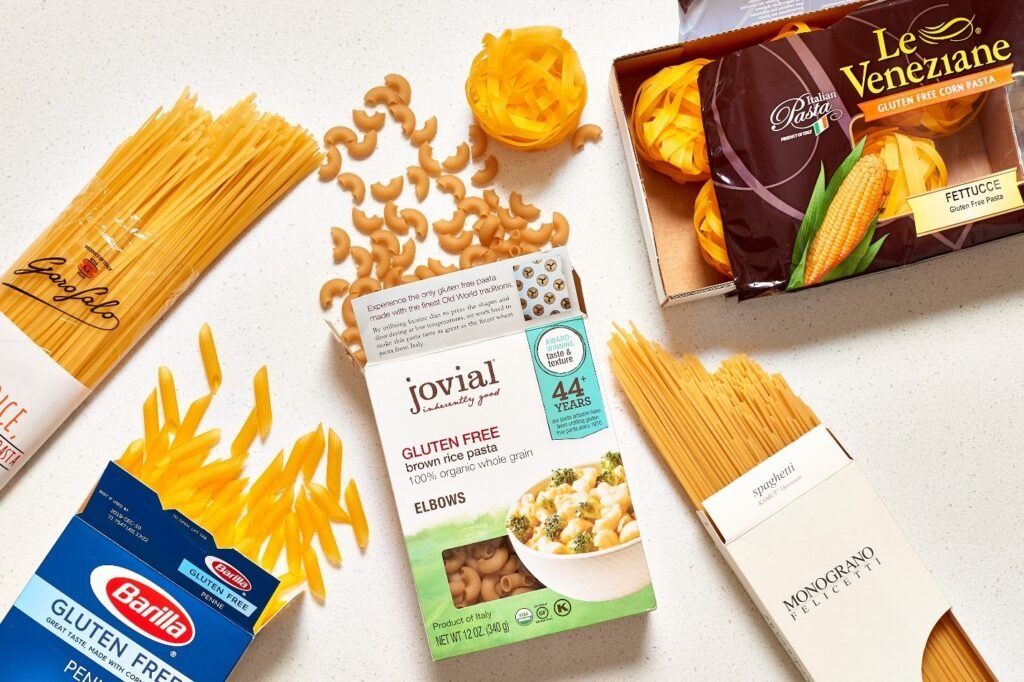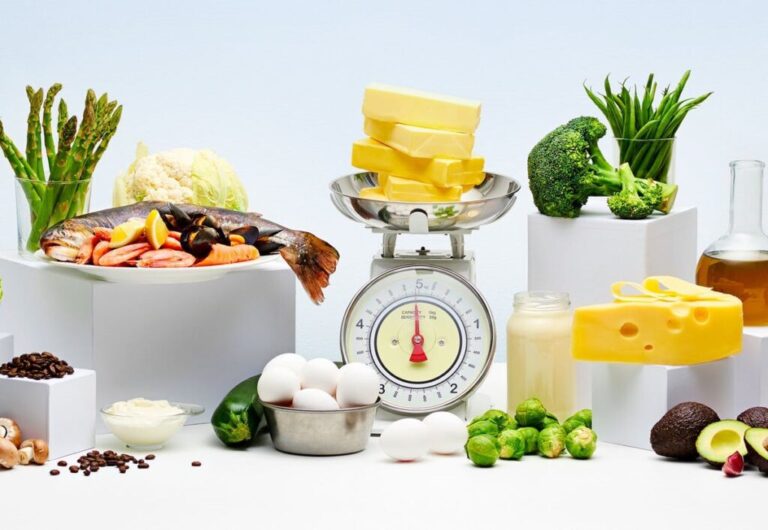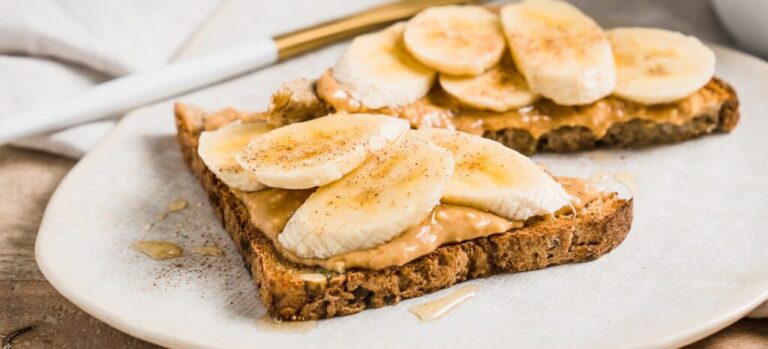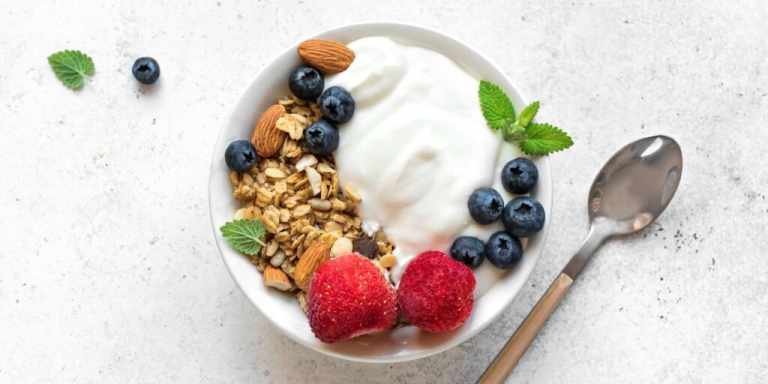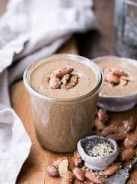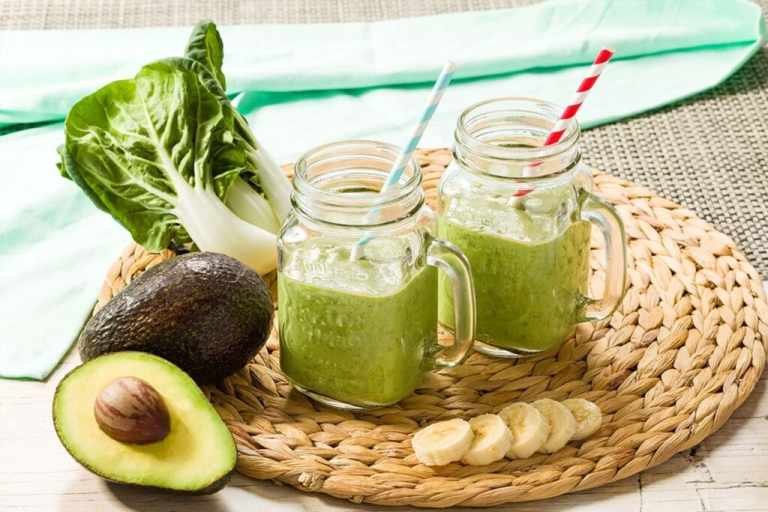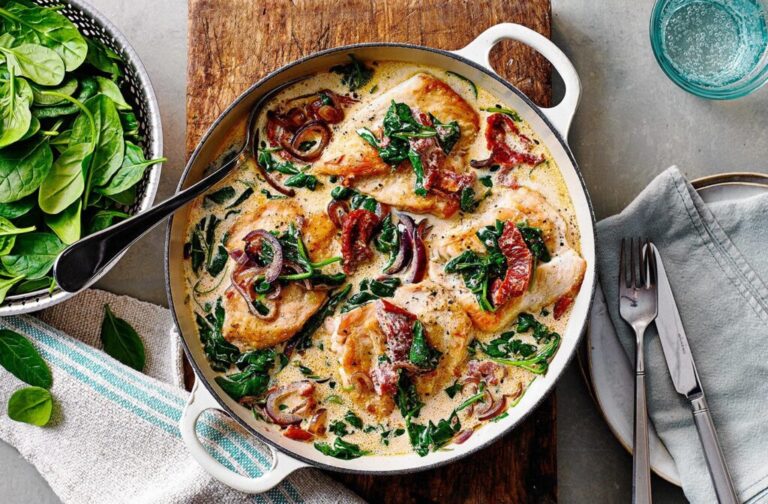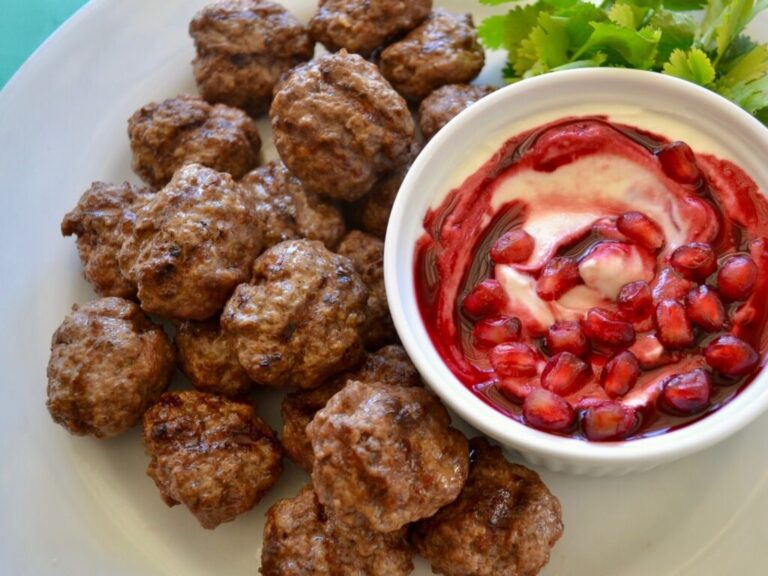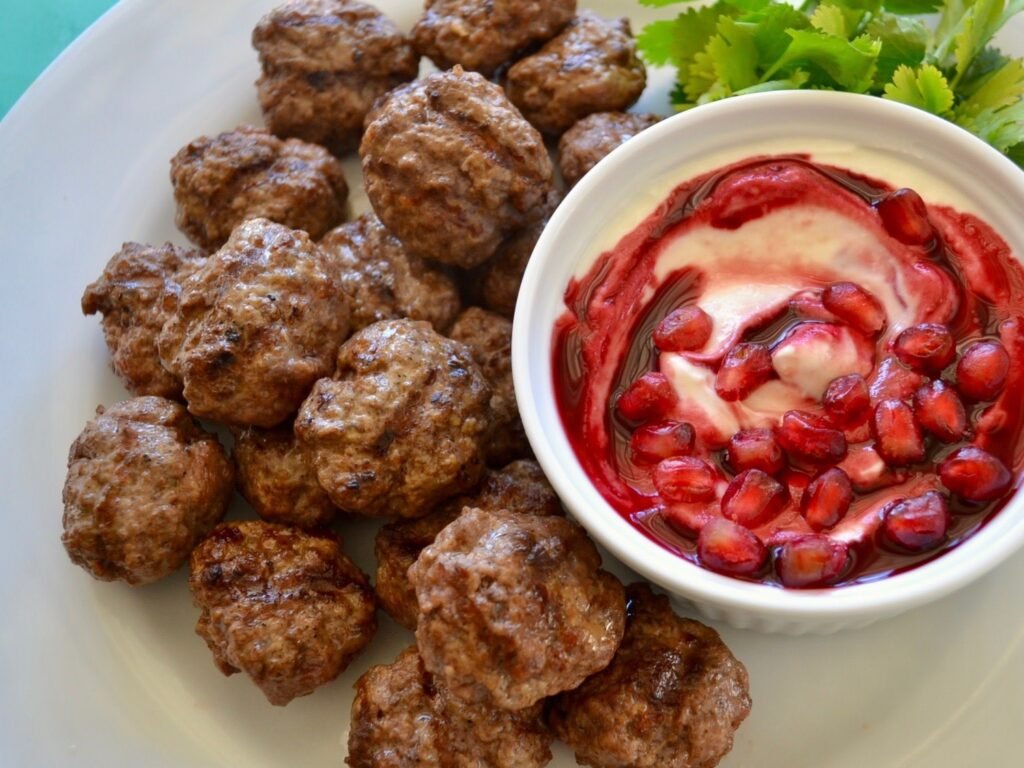Eating a nutritious and wholesome diet is important for optimal health and well being. The Mediterranean diet has gained popularity in this respect. This article explains the origin, importance and core foods in the Mediterranean diet. This is a traditional diet of the Mediterranean region and it’s a diet that really came into popularity in the 1960s. It’s also called a heart-healthy diet. It was found that people from the Mediterranean region had lower rates of heart diseases and stroke so researchers looked back and observed the eating patterns of the people of these regions that might have helped to prevent the risk of heart diseases. And what they found that there were a lot of commonalities within this region in terms of diet and one of them was reliance on whole unprocessed natural foods less sugar less processing.
Why the Mediterranean Diet?
The Mediterranean style of eating is growing in popularity now although it has been around for a while it’s continuing to grow. Moreover, it is recognized by World Health Organization as part of a healthy eating pattern for the promotion of health and prevention against diseases. Also, the reason behind its popularity is the researches show that the diet promotes not only wellness but also decrease the risk of heart diseases, obesity, cancer, stroke, diabetes and other chronic diseases.
The Mediterranean diet rich in extra virgin olive oil helps the body to remove excess cholesterol from the body thus keeping the blood vessels open and reducing the risk of heart attacks. Also, it’s a super versatile diet it is one that is super easy to implement, it’s delicious, there’s a lot of variables involved and it can be really simple and easy and a fun way to eat. This is a great diet for anyone who wants to improve their heart health and overall wellness and it’s incredibly delicious.
Core Foods
Mediterranean diet and has evolved over the years and it varies according to different regions and countries but generally, a Mediterranean diet includes:
1. Whole Grains
- So, you can consume whole wheat bread, pasta or crackers
- Also, sorghum, quinoa and oats
- Buckwheat, bulgur and barley as well

2. Fruits and Veggies
- So, starchy and non-starchy vegetables include tomatoes, broccoli, kale, spinach, onions, cauliflower, carrots, Brussels sprouts, cucumbers, etc
- Also consume all fruits including apples, bananas, berries, peaches, grapes as you will.
Hence, aim for 5-7 servings of fruits and vegetables each day
3. Proteins
- Consume beans, lentils, chickpeas and tofu liberally.
- You can eat chicken, fish and seafood occasionally.
- Also, limit intake of red meat and processed meat. So, go for small portion sizes.
So, eat fish twice a week either freshwater fish or canned fish. Avoid deep-fried fish and chicken.

4. Healthy Fats
- Almonds, pistachios, hazelnuts, walnuts, sunflower seeds and all unsweetened and unsalted nuts
- Avoid sugar coated nuts and nut butters
- Replace butter and margarine with olive oil, use it for seasoning your food
Eat foods from this group in moderation

5. Milk and Dairy
- Use low fat milk and plain Greek yogurt
- Cottage cheese, goat cheese or others
Opt for unsweetened low-fat products and eat small amounts in moderation

6. Herbs and spices
- Spice your food up with fresh and dried herbs
- They lessen the need of salt and add flavor to your food
- There is no reason to restrict these in your diet

7. Drinks
- Tea/Green Tea
- Coffee
- Water
Avoid sodas and sweetened fruit juices.

How to get started?
“Even though it’s called Mediterranean diet, it’s not really a diet,” said a registered dietitian in Atlanta at the Academy of Nutrition and Dietetics.
It’s the kind of diet that doesn’t restrict you to something, it encourages you to eat food from all the groups while emphasizing on those most beneficial to health and well being. People who once adopt a Mediterranean style of eating don’t prefer any other way of eating. Here are few recommendations to make your diet more Mediterranean.
Start Small
Well, in order to follow a specific dietary lifestyle what we need to look at is any kind of unhealthy habits that need to be changed. So, it’s important to start small. If you are looking at making a complete revamp, it gets a little bit overwhelming. So, you have to think of specific things that you can pull from this dietary pattern and implement in your daily routine. It’s better if you do one thing at a time, it might be something where you’re replacing red meat with fish or chicken, maybe you’re adding more legumes and chickpeas in your meals, maybe you’ve never tried lentils and you’re looking for the recipes that utilize these types of healthy plant protein. Think of ways to utilize seasonal local produce, try new combinations and recipes.
Get moving
Instead of considering exercise something strenuous that you have to go and do in a gym. Just get up walk with family and friends, play with children or simply dance in joyful movements. These are all considered physical activities. The mediterranean diet pyramid also focuses on staying physically active. Along with adopting a healthy eating pattern.
Meal Time Matters
It is recommended that proper time should be given to each meal. Put away all the distractions turn off the TV, leave your cell phone, chew slowly, and focus on every bite. On average 20-30 minutes should be given to each meal. If it’s hard to implement start small make small adjustments then gradually move towards bigger changes.

Eating slowly helps in improving digestion, hydration and weight maintenance. When you eat slowly you feel satisfied and full with each meal.
Replace butter with olive oil
The amount of fat is not as important as the type of fat. The Mediterranean diet emphasizes the heart-healthy unsaturated types of fats. This dietary pattern gives importance to olive oil as the main source of fat for your meals. Saturated fats from butter can raise your LDL levels or bad cholesterol. Replacing it with unsaturated fats like olive oil can help lower your cholesterol levels by raising HDL or good cholesterol. This improves your heart health and lowers the risk of obesity.
Focus on plant based meals
Healthy plant-based meals should consist of whole grains, fruits, vegetables, nuts and seeds. Add a variety of colourful fruits and vegetables to your diet. These are rich in antioxidants, vitamins, minerals phytochemicals and fibre that helps to reduce the risk of chronic diseases and help maintain a healthy weight. What does a healthy plate look like? Nutrition experts at Harvard School of Public Health created a visual Healthy Eating Plate to encourage healthy eating.

The post What is Mediterranean Diet? first appeared on Food Life Book.
The post What is Mediterranean Diet? appeared first on Food Life Book.

